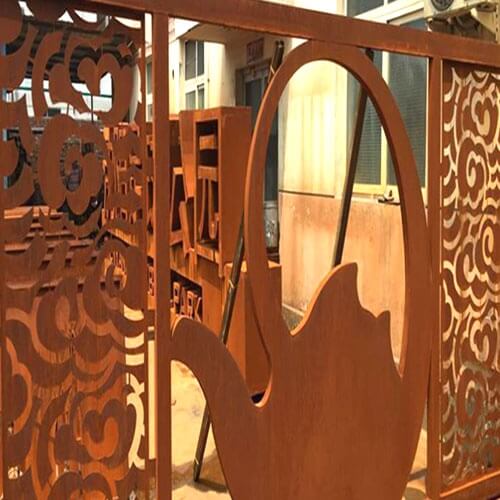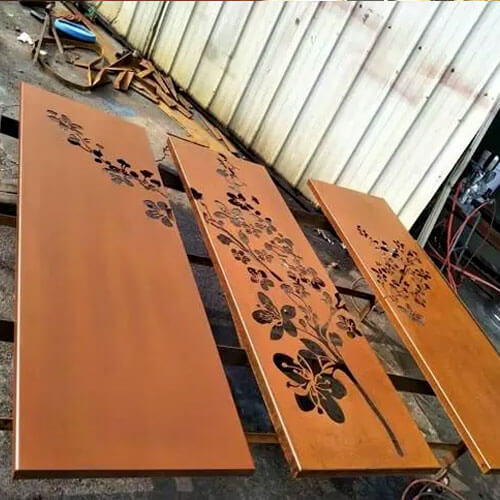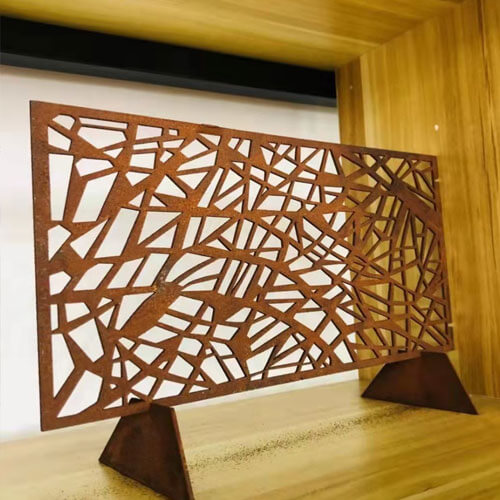Steel plate engraving
Steel is the most widely used material, as a raw material or as a component of industrial parts, particularly in the automotive industry. New types of steel with improved mechanical properties are now available such as anodized steel, carbon steel, stainless steel and can be easily marked, identified, traced by our Gravotech solutions.
KuaiMa Steel has extensive experience in the steel engraving industry and brings its expertise to help you find the best marking solution for your needs.
Different marking methods are available:
Steel laser engraving is done without any contact with the part and does not require any pre-treatment/post-treatment.
The result is a permanent, resistant, high-contrast marking with high definition finish and without damaging the steel. From the rawest to the most polished steel, steel laser engravers are flexible and offer a lot of marking possibilities, engraving, etching and annealing marking. It is the ideal technology for high-speed for marking & surface engraving on steel.
The Direct part marking by dot peen is performed thanks to a tungsten carbide stylus which comes into contact with the surface and deforms the material, thanks to a succession of impacts that form the final marking.
The result is a legible, resistant, permanent, non-contrasting marking that can be before and after treatment (painting, galvanizing, etc.). Ideal for industrial applications, it is a fast and reliable marking solution ideal for identification & traceability of any steel parts.
The scribing technology uses a carbide tip or diamond tip to apply permanent marking directly on the hardest steels (up to 62HRC) with a high lifetime. Unlike dot peen, the tip doesn’t vibrate but slides along the surface, the result is more clear and attractive.This process has the advantage of being very quiet on steel parts with high resonance like tubes, sheets and so on. Rotary engraving is performed with a cutting tool by rotating and removing material slice by slice thanks to a high-speed spindle.
The result is a deep engraved text, numbers, or logos and long lasting. It can also be used for drilling or light milling.
Steel etching and laser engraving
Engraving
When marked components still require reworking or additional painting and the material is rough, laser engravings need to be applied deeper into the steel. Steel laser engraver creates high heat during the engraving process, which causes the material to vaporize. This creates a cavity in the surface that is perceptible to the eye and to touch. Therefore, it is particularly recommended when the laser marking suffers from post-process stress.
Characteristics of laser engraving process
Engraving before treatment requires high power and several passes to obtain a marking to sufficiently give a depth marking in the material.
Laser Ablation / Polishing Marking
Partial removal of a thin layer from the surface of the material, which allows for contrasting marking on a dark surface. Surface treatment and cleaning: Removal of paint, coating, dust, and rust to clean surfaces. With the right settings and the right choice of laser technology, marking can be achieved by ablation. A high-speed movement coupled with moderate power is generally used to accurately remove the top surface of the material. The surface to be removed will absorb the laser energy and then vaporize to reveal the surface of the material.
Characteristics of the laser ablation process
Ablative marking has several advantages as it does not penetrate the material. There is little heat applied to the material and also, the surface cleaning process is non-contact, environmentally friendly, accurate, and fast.
Scribing and dot-peen marking machines
Micro-impact marking and scribing are perfect for the identification of all metal parts. They offer permanent and legible marking regardless of the characteristics of the steel, the surface state, dusty or not, oily at the end of machining, cold or hot, or thin or thick.
The process has the advantage of not creating any breaking points in the material, whatever the thickness of the marked part. There is no material removal, oxidation, or corrosion.
Dot peen engraving machines allow very deep markings to be made. It resists the surface treatments that will be applied after marking (painting, galvanization, etc.) and therefore maintains the legibility of the marking.
Steel CNC engraving
Steel milling requirements are used on high-frequency spindles with strong torque and a very sturdy holding tool (collet spindle) to avoid vibrations. Moreover, this application needs tools dedicated to the hardness of steel with a specific sharpening (Percut range for drilling, Twincut range for engraving).
Milling steel creates chips that need to be removed. As steel milling requires lubrication, it is impossible to install a standard chip collector that removes the chips directly. Chips removal can also be carried out by the lubrication system with soluble oil that carries the chips and dust to gather them in a tray. Gravotech offers this accessory.
Rotary technology can reach practically any depth, you can make several passes to remove a few layers of material.

 Steel Plate
Steel Plate steel pipe
steel pipe Stainless steel
Stainless steel
 English
English Spanish
Spanish Russian
Russian Portuguese
Portuguese Section steel
Section steel carbon steel plate
carbon steel plate Steel plate processing
Steel plate processing steel coil
steel coil steel rod
steel rod
 Home
Home






























